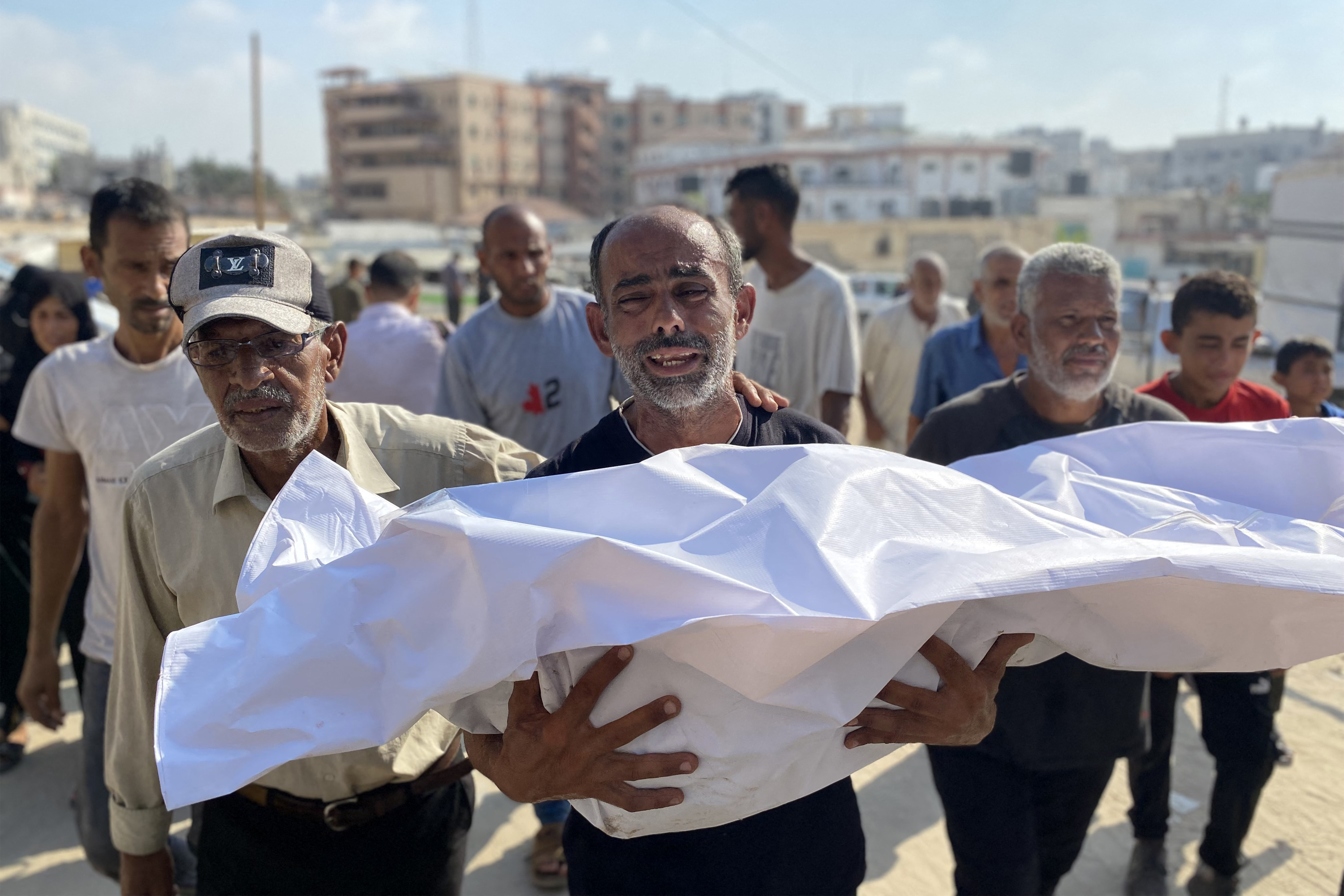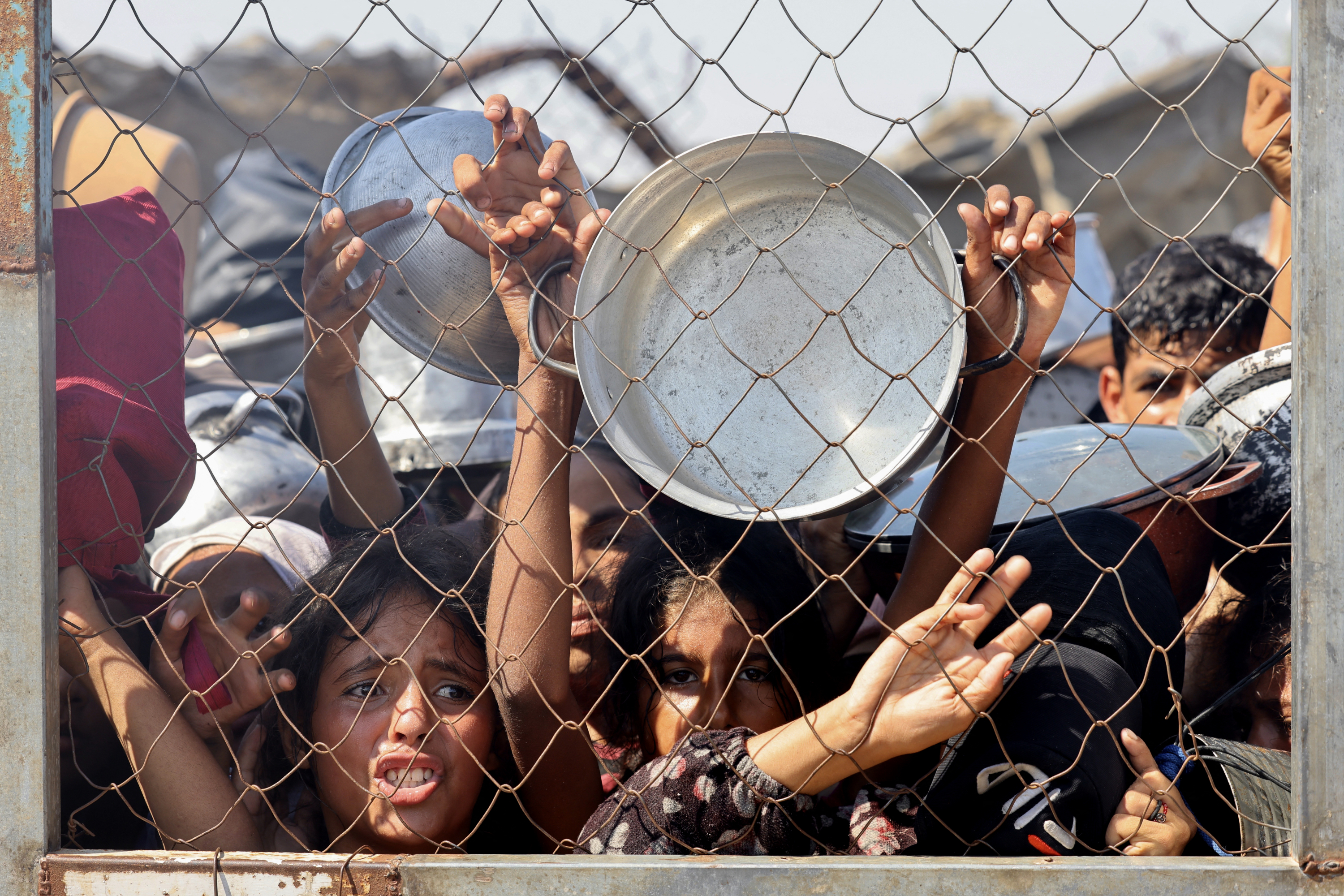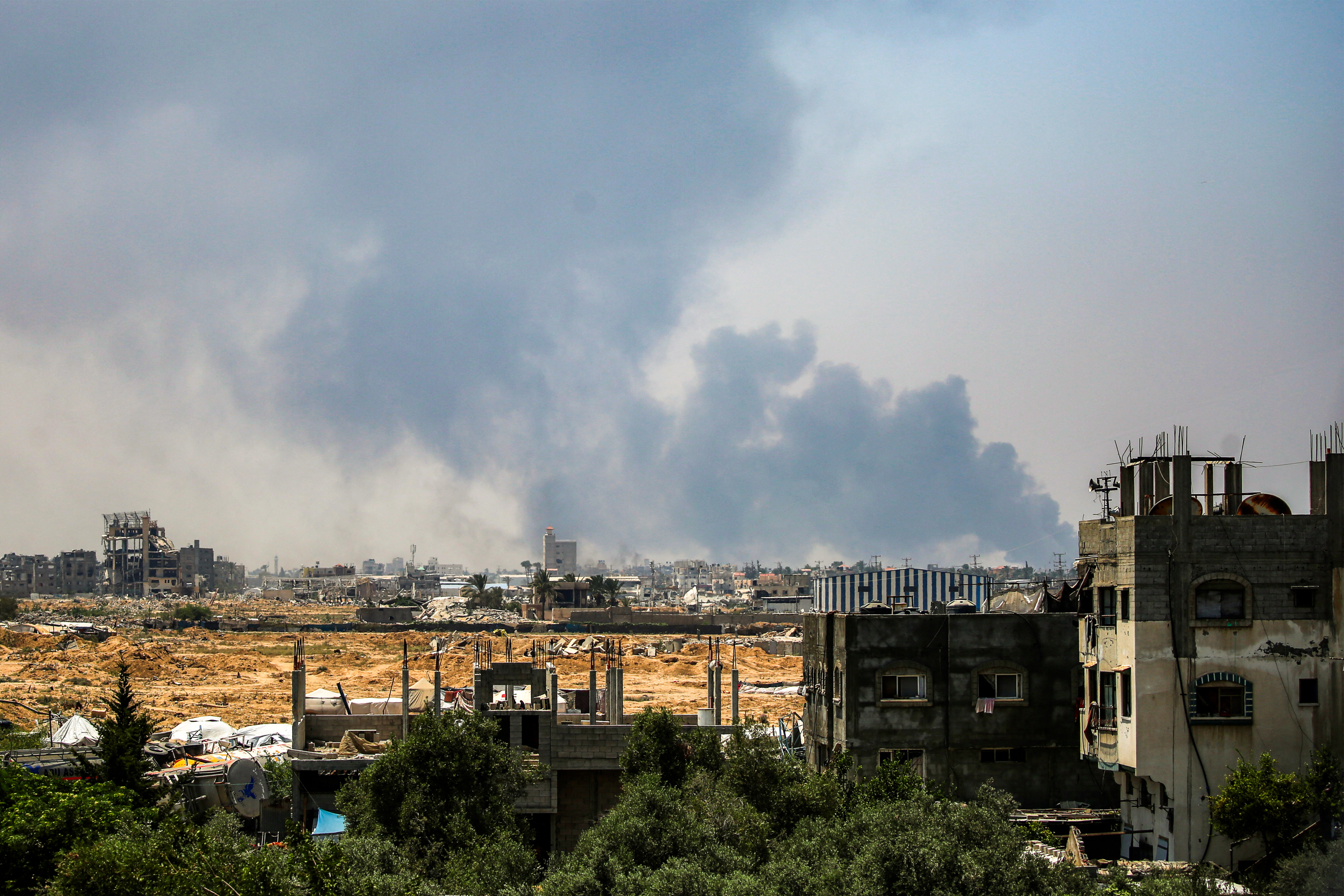More than half of the 60,000 people killed in Gaza are women, children, and the elderly; attacks continue near humanitarian aid distribution points.

More than half (54.4%) of the more than 60,000 people killed since the start of the Israeli offensive in the Gaza Strip are women, children, or the elderly , according to data from the Gaza Ministry of Health published Tuesday.

A mourner carries the body of a victim killed by Israeli bombing. Photo: AFP
This Hamas-controlled office announced that the death toll since October 7, 2023, now stands at 60,034, of which 18,592 are children (30.8% of the total) and 9,782 are women (16.3% of the total), while the elderly make up 7.3%.
"These groups represent 54.4% of the total number of martyrs, which clearly reflects the scale of the direct and unjustified attacks against the civilian population by the occupying forces," the ministry said.
The Ministry of Health reported that on Monday it recorded 122 deaths and 637 injuries in different locations in Gaza due to Israeli attacks.
On Tuesday, at least 20 people were killed and 45 injured by Israeli gunfire near two food distribution points in central Gaza, sources at Al Awda and Nasser hospitals, which received the victims, told Efe .
Thirteen of the dead and 45 injured were reported on Salah al-Din Street, south of Wadi Gaza, in the center of the enclave, where the SDS4 distribution center of the controversial Gaza Humanitarian Foundation (GHF), backed by Israel and the United States but harshly criticized by the UN and major humanitarian organizations, operates .
Since the US foundation began operating this controversial new aid distribution system in Gaza in late May, the enclave's Ministry of Health has recorded 1,179 deaths and at least 7,957 injuries among those on their way to collect aid.

Palestinians, mostly children, push to receive a meal in Khan Yunis, Gaza. Photo: AFP
Furthermore, hunger-related deaths have increased significantly in recent days, according to local health authorities, who blame the growing hunger on restrictions imposed by Israel.
Since Sunday, Israel has allowed aircraft from its own military, as well as those from countries such as Jordan and the United Arab Emirates, to airdrop aid into Gaza, although it is small compared to the 500 trucks a day that humanitarian organizations say should enter the Strip to meet the needs of Gazans.
According to local sources in the Gaza Strip, many of these pallets of aid dropped from planes end up in private homes and are kept by a single family, or they land in a military zone, so the aid is not distributed equitably or does not reach Gazans.
Furthermore, Israel says it has established what it calls "humanitarian pauses" and corridors over the past three days to facilitate the entry of aid trucks. According to the Israeli government, 200 vehicles, typically carrying cargo from various countries and humanitarian organizations, entered through this route on Monday .

Smoke from Israeli bombing in Deir el-Balah, in the central Gaza Strip. Photo: AFP
On many occasions, the trucks fail to reach their destination, as tens of thousands of hungry people, according to local sources and videos posted online, wait inside Gaza on their way to pick up their cargo.
In the last two months, according to Israel, 5,000 trucks have entered the Gaza Strip, a third of the at least 15,000 recommended for that period by humanitarian organizations.
eltiempo





%3Aformat(jpg)%3Aquality(99)%3Awatermark(f.elconfidencial.com%2Ffile%2Fbae%2Feea%2Ffde%2Fbaeeeafde1b3229287b0c008f7602058.png%2C0%2C275%2C1)%2Ff.elconfidencial.com%2Foriginal%2F4c8%2Fc77%2Fd01%2F4c8c77d01c38a6968add0581eb5317d7.jpg&w=3840&q=100)